Cacao Fellow Assists in Country-wide Sedge Survey
by Mark Canti
Last month, I participated in a research expedition to understand biogeography and documentation of sedges in Belize and to fill in gaps that previous botanists have left unexplored and unidentified. My role throughout this research was to help navigate, locate, and identify existing, new, or unusual sedges, but most importantly to learn and acquire knowledge and experience. Dr. Robert Naczi of the New York Botanical Garden led the research project and I traveled as his assistant. Together, we visited multiple savannah ecosystems from the mid to the northern, western, and eastern parts of the country.
Sedges are perennial plants that are commonly found in shallow waters or moist soils. People confuse them with grasses because they resemble grasses and often grow along with grasses. Much of the vegetation in lagoons and savannas are sedges and they provide food and shelter for wildlife. Studies on pastures in Canada where sedges and grasses are both present have shown that cattle prefer to graze on sedges more than grasses. Analysis has shown that sedges are more nutritious than grasses.
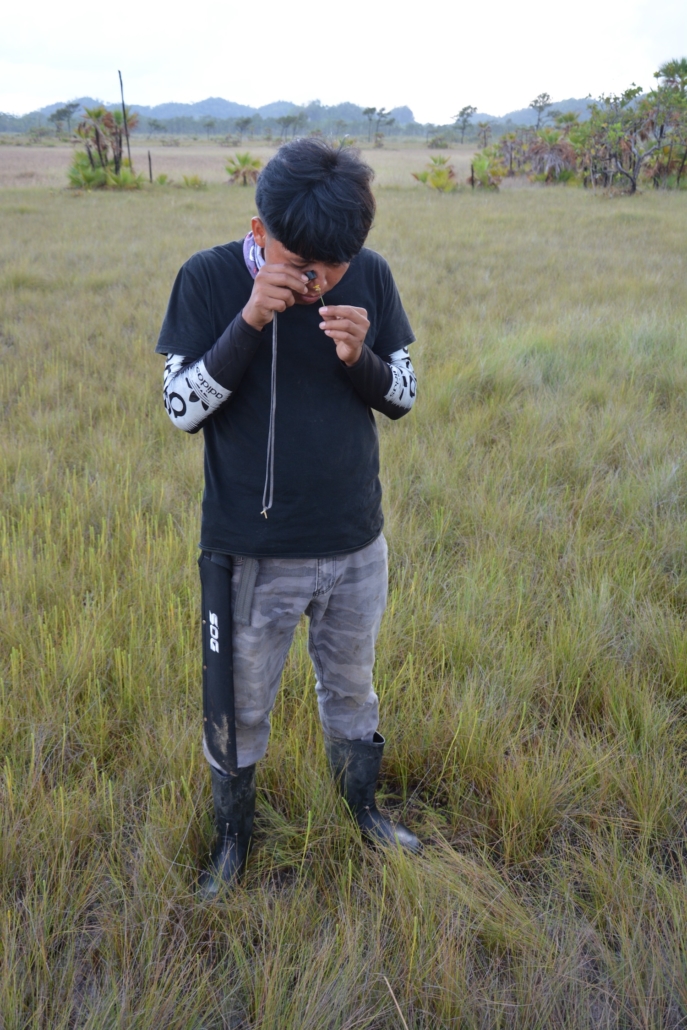
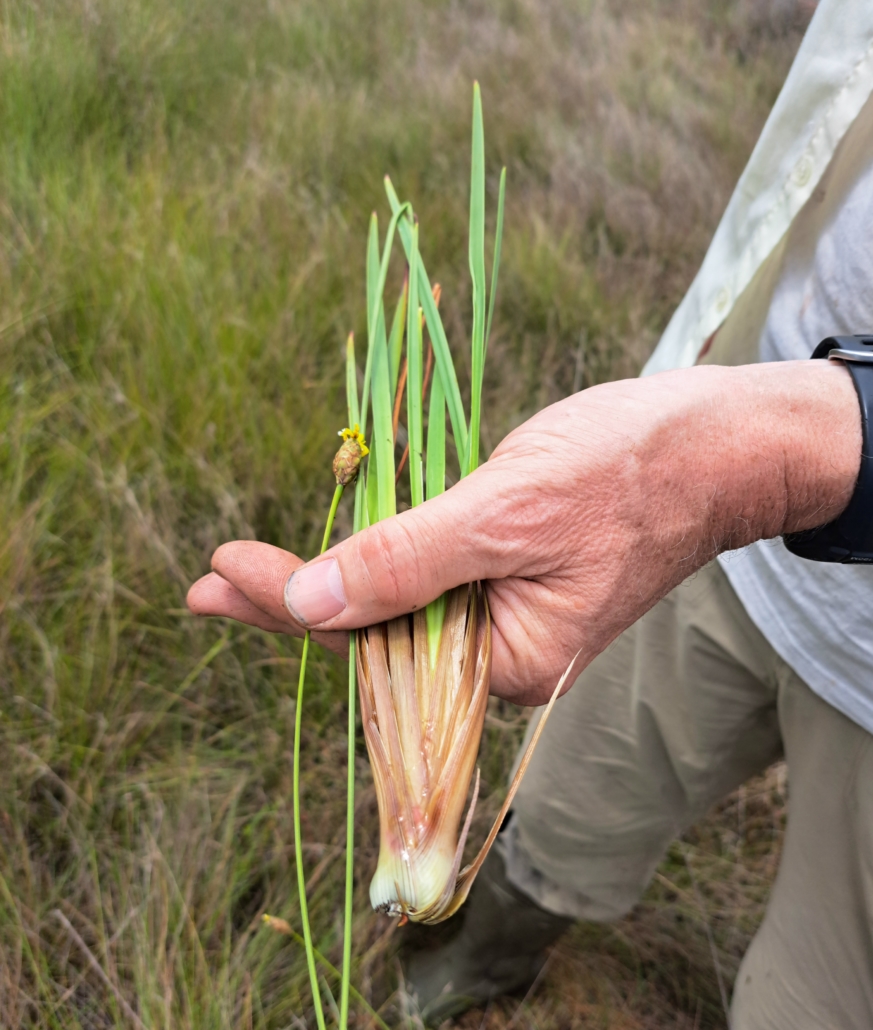
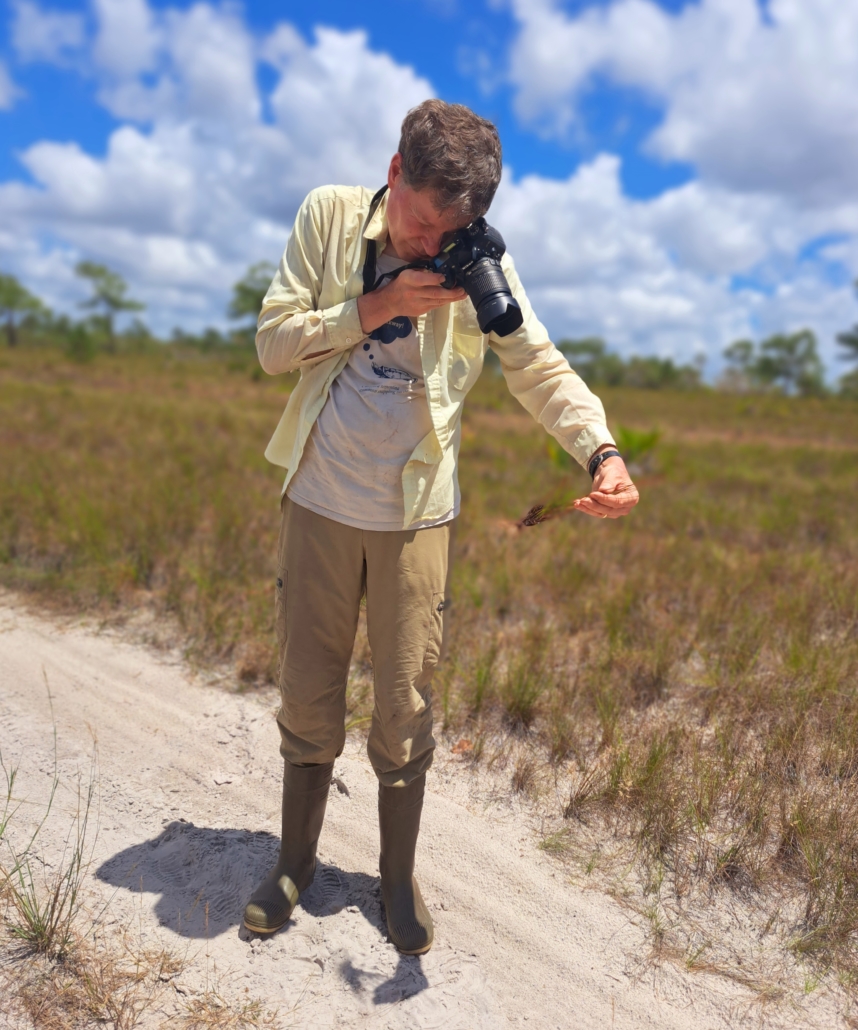
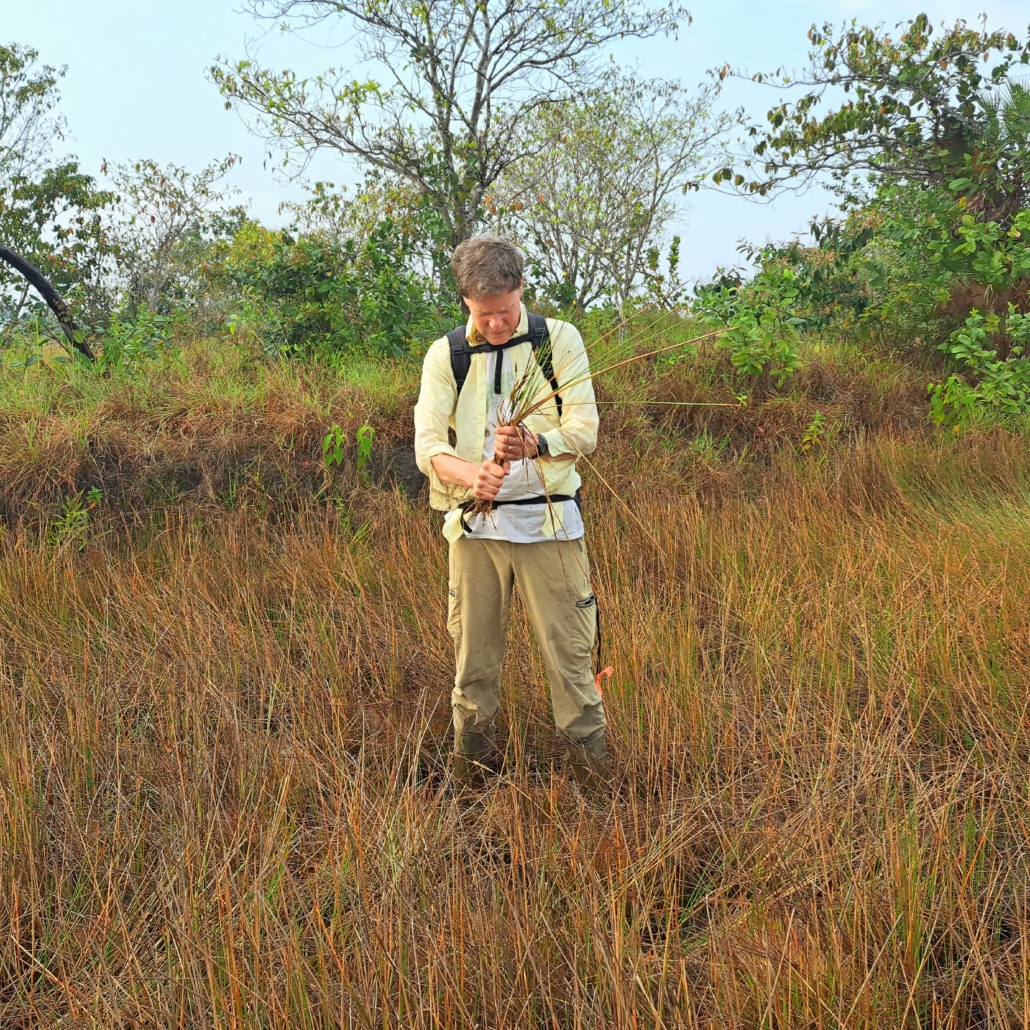
Rob has been traveling to Belize for the past 18 years. His first visit to Belize was in 2005 to prepare for a course that he anticipated teaching. He visited various parts of the country and realized that it would be a wonderful place to study sedges due to the countries’ rich biodiversity, especially for plants. Eventually, when he started teaching the Belize course, he brought his students to do research projects that focused on sedges in the savanna near BFREE.
Over the years, Rob has noticed increased deforestation in Belize. Previously wild areas are now becoming urbanized: we are seeing an increase in human occupancy and agriculture, also more dangerously, with the expansion of international drug trafficking. You’ll also note in the picture at the top of the article, Mark is shown in a savanna recently cleared for sand mining, an increasing threat to savanna vegetation.
On each trip he makes, he finds additional sedge species. Most have previously been discovered elsewhere and named but have not been recorded in places he explored and are therefore range extensions for the species. The newly identified locations allow him to better understand and gain knowledge about different types of savannas.
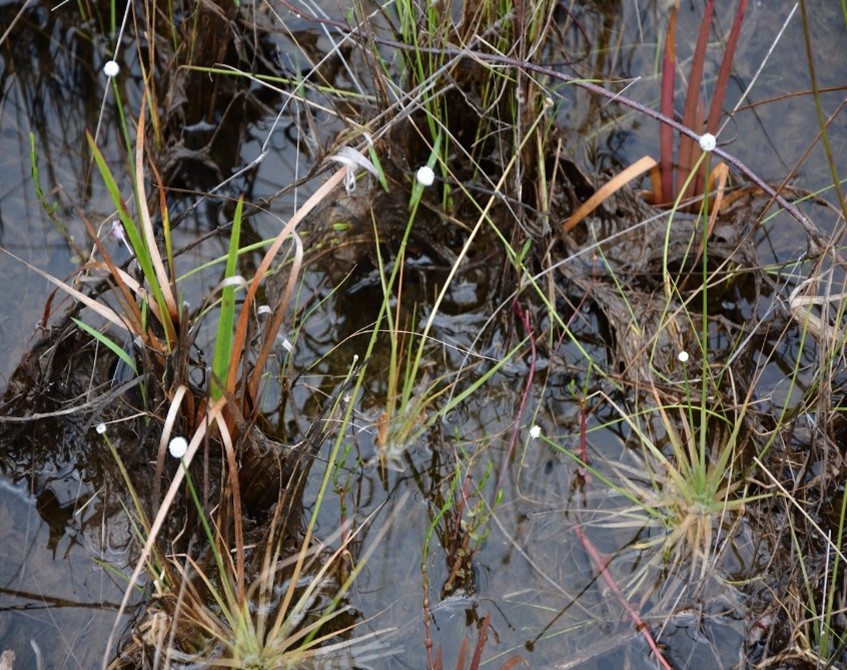
Usually, Rob travels to Belize during a part of the dry season – March, April, and May. Obviously, there are sedges that flower and fruit during the rainy season, which his schedule causes him to miss. In the future, he hopes to explore during the rainy season.
Interestingly, many sedges are fire-dependent plants, which means they require fire to flower and fruit. When there is no fire, the competing vegetation tends to grow high enough that it will shade the sedges. Therefore, sedges will go dormant for a few years but will eventually die if they receive shade for too long. Also, fire suppression for too long will cause the fuel load to build up, which can lead to a much more intense and catastrophic fire.
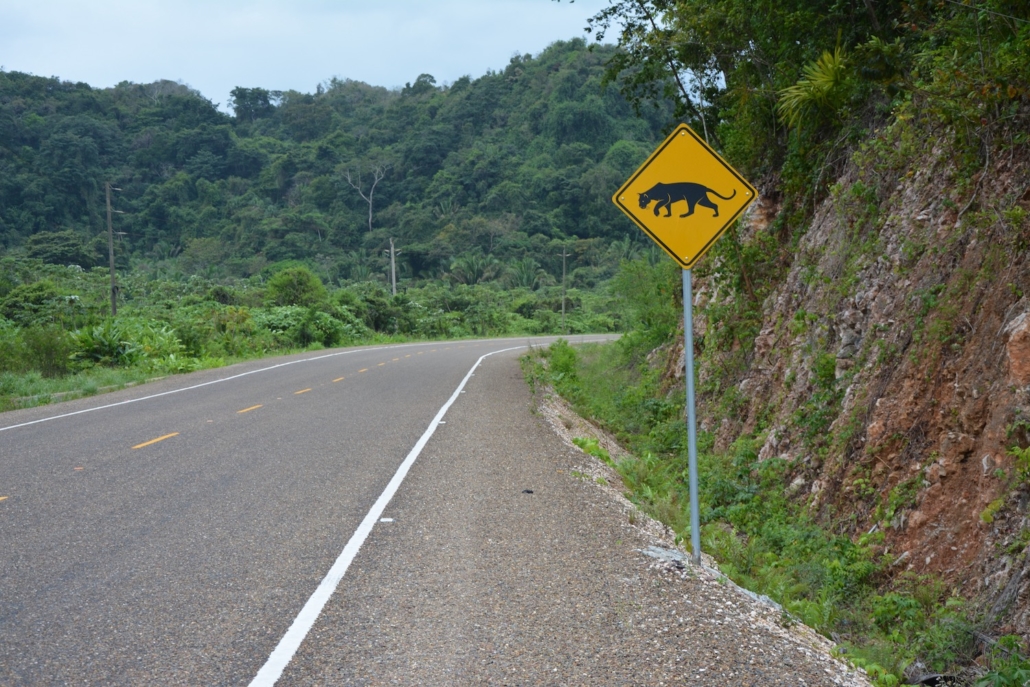
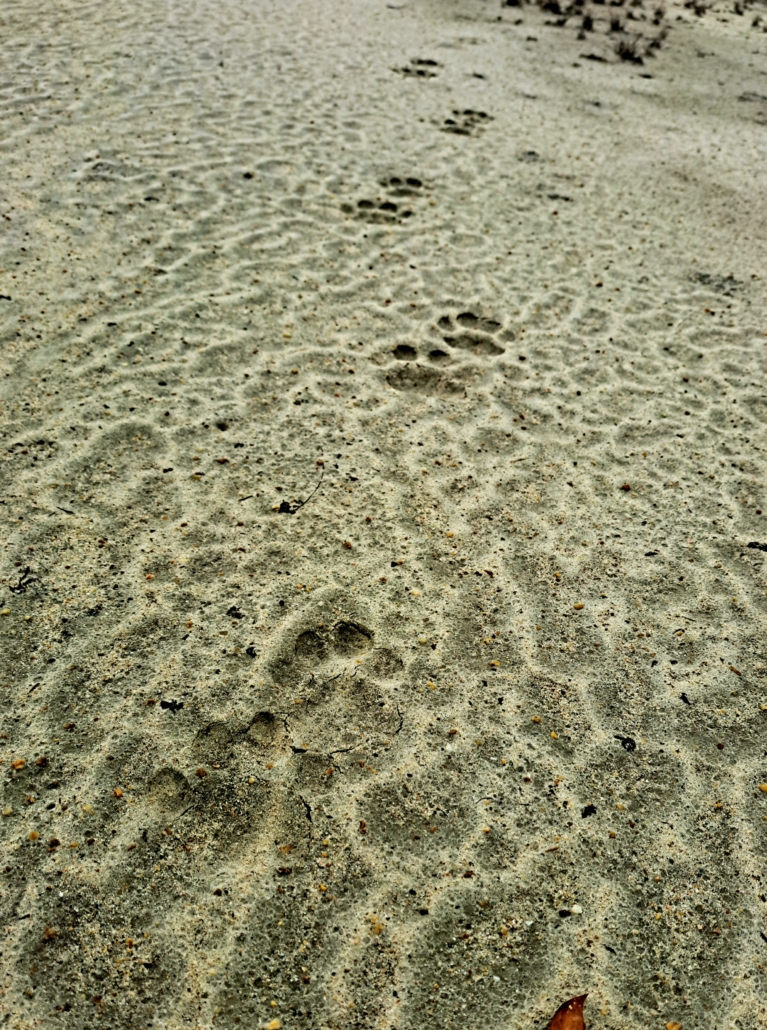
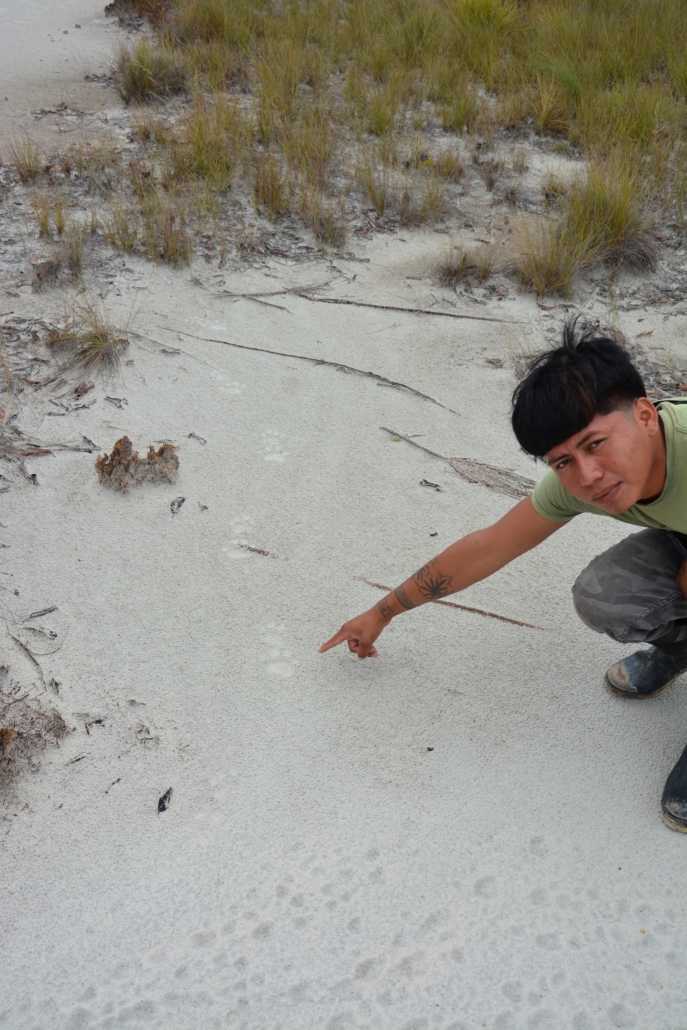
For me, this trip was a remarkable experience. I have learned to exercise and improve research and important observational skills. Last year, I also assisted Rob in his research. We focused on the southern coast of Monkey River Village, which is the northern part of the Toledo District. We had an easygoing trip whereby we easily accessed the targeted locations via boat.
This year it was a much longer and more intense, but exciting, experience. We drove miles and miles into savannas through rough roads but almost every location was successful. Everything was new to me. I learned so much and got to explore amazing parts of my country. I saw a vast amount of wildlife and added bird species to my birding list that I have never seen before. Lastly, I learned more about sedges and other plant species than I could have imagined. Overall, this experience has been a highlight of my Fellowship Program.
Thank you to Dr. Robert Naczi
The staff of BFREE would like to extend their gratitude to Dr. Rob Naczi. We are grateful that he has faithfully returned to Belize and to BFREE over the past 18 years to continue his important research. Dr. Naczi has always been willing to teach motivated staff members to assist him in the field and has created opportunities for many of us to participate, even if only for an afternoon.
All photos by Dr. Rob Naczi and Mark Canti
Header Photo Caption: Mark in a savanna recently cleared for sand mining, an increasing threat to savanna vegetation.

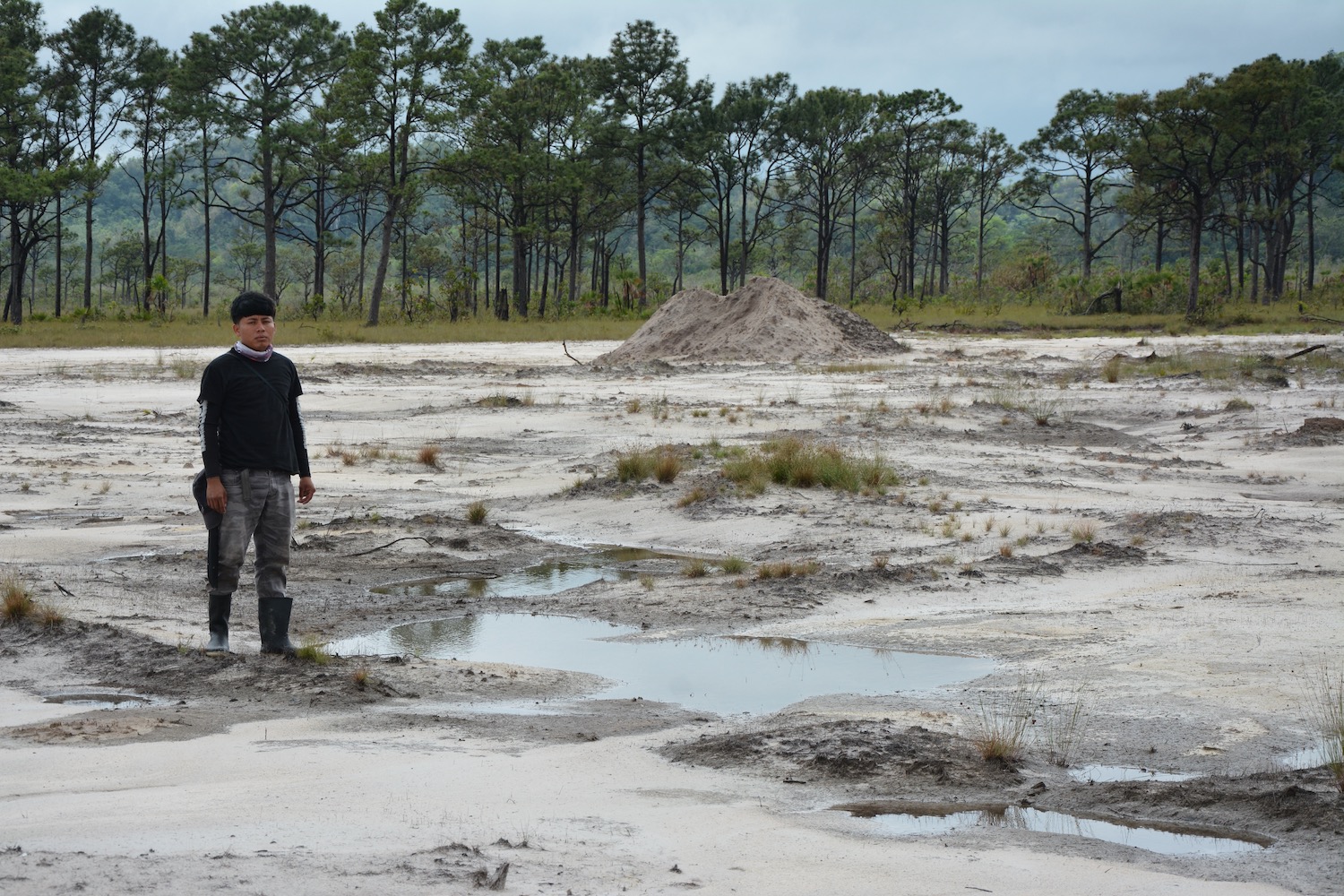


Thank you Mark for such a great article on sedge’s, and the great work you and Dr. Rob Naczi accomplished.